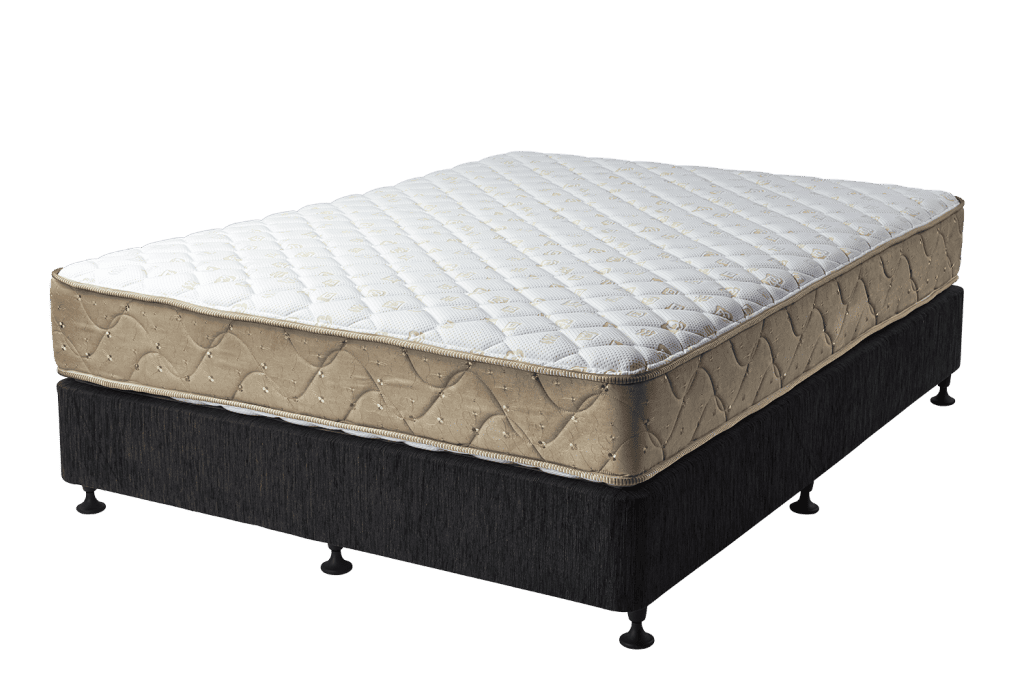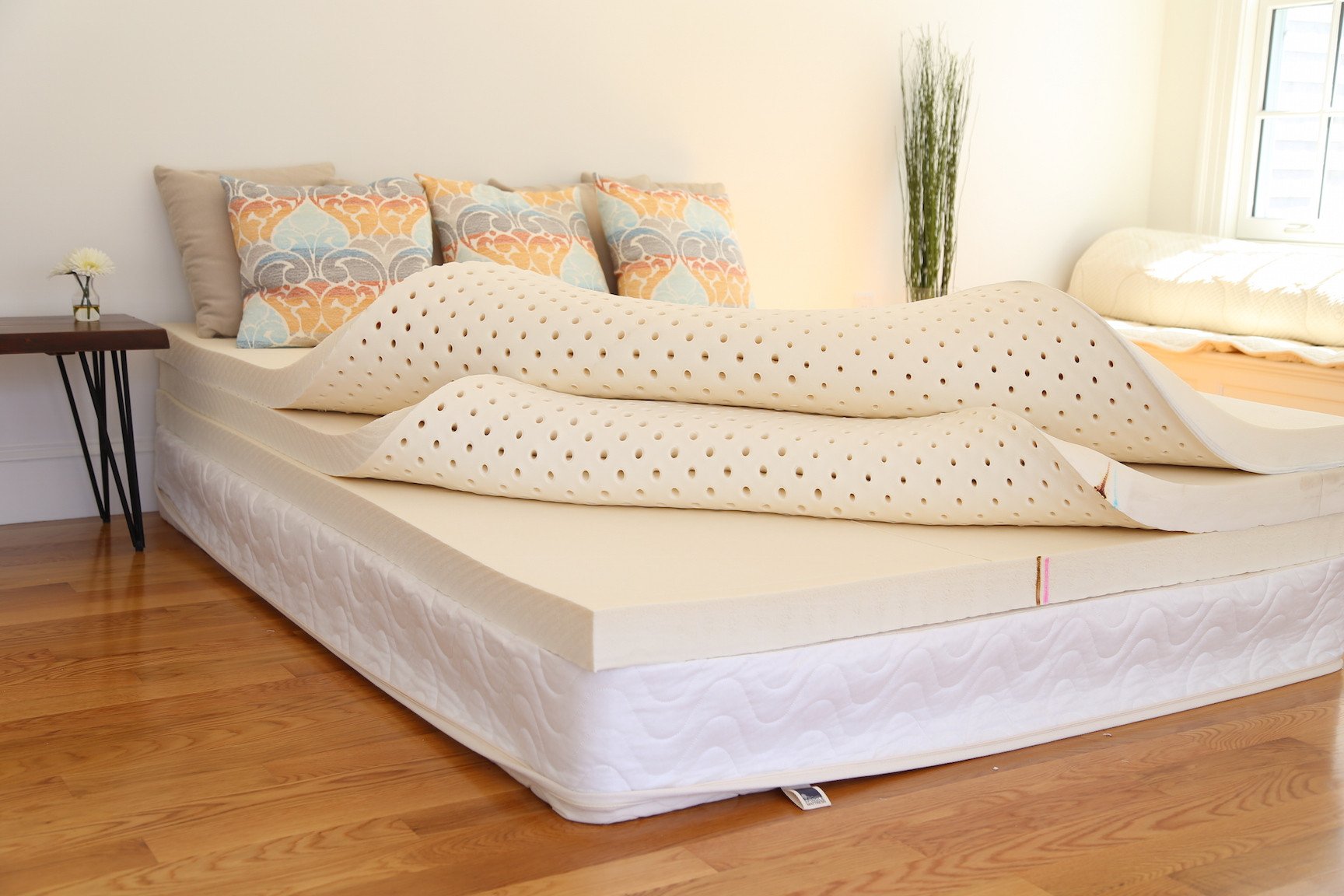A good night's sleep is essential for our overall health and well-being. And one of the key factors that contribute to a comfortable and restful sleep is the temperature of our sleeping environment. While some people may prefer a warm and cozy bed, others may need a cool and comfortable one. But what about foam mattresses? Do they retain heat? And if so, is it a good thing or a bad thing? In this article, we will explore the topic of foam mattress heat retention and how it can affect your sleep quality. Foam Mattress Retain Heat: Why It Matters for a Good Night's Sleep
Memory foam mattresses have gained popularity in recent years due to their ability to conform to the body and provide pressure relief. However, they have also been known to retain heat, causing discomfort for some sleepers. This has sparked a debate among mattress users – is the heat retention in memory foam mattresses a deal-breaker or just a minor inconvenience? The answer may not be as simple as you think. Memory Foam Mattress: The Controversy Surrounding Its Heat Retention
As the name suggests, cooling gel foam mattresses have a layer of cooling gel infused into the foam, which helps to regulate the temperature and dissipate heat. This innovative technology has been a game-changer for hot sleepers who love the comfort and support of memory foam but struggle with its heat retention. With a cooling gel foam mattress, you can enjoy the benefits of memory foam without sacrificing your comfort. Cooling Gel Foam Mattress: A Solution to the Heat Retention Problem
To understand why foam mattresses retain heat, we first need to know how they are made. Foam mattresses are made of polyurethane foam, which is known for its ability to contour to the body and provide support. However, this material also traps body heat, creating a warm and cozy sleeping surface. Additionally, some foam mattresses have a high-density foam layer, which can also contribute to heat retention. Heat Retention in Foam Mattresses: Why Does It Happen?
While traditional memory foam mattresses may be too hot for some sleepers, there are other types of foam mattresses that offer a balance between comfort and temperature regulation. Latex foam mattresses, for example, have a more open-cell structure, allowing for better airflow and heat dissipation. They also have a natural cooling effect and are more eco-friendly. Hybrid foam mattresses, which combine foam and innerspring coils, also offer good temperature regulation and support. Best Foam Mattress for Hot Sleepers: Finding the Right Balance
Latex foam mattresses are made from the sap of rubber trees and are known for their durability and natural cooling properties. The material is highly breathable, allowing for better airflow and heat dissipation. It also has a quick response time, providing good support and pressure relief without the sinking feeling of memory foam. While latex foam mattresses may be more expensive, they can be a worthwhile investment for hot sleepers. Latex Foam Mattress: A Cooler Alternative to Memory Foam
As mentioned earlier, the structure of the foam plays a crucial role in heat retention. Foam mattresses with a more open-cell structure allow for better airflow, which helps to regulate the temperature and prevent heat from getting trapped. Additionally, some foam mattresses have a top layer of convoluted foam, also known as egg crate foam, which creates channels for air to flow through. This can significantly improve the breathability of the mattress. Airflow in Foam Mattresses: The Key to Temperature Regulation
While the type and structure of the foam are important, there are other factors that can affect the temperature regulation of a foam mattress. The material and thickness of the mattress cover, for example, can play a role in heat retention. A thicker, more tightly woven cover may trap heat, while a thinner, more breathable cover can allow for better airflow. Additionally, the firmness level of the mattress can also impact its temperature regulation. A firmer mattress may not contour as closely to the body, allowing for more airflow and less heat retention. Temperature Regulation in Foam Mattresses: Other Factors to Consider
One of the most effective ways to combat heat retention in foam mattresses is to opt for an open-cell foam mattress. Open-cell foam has a more porous structure, allowing for better airflow and heat dissipation. This type of foam also has a quicker response time, providing good support without trapping heat. The only downside is that open-cell foam mattresses may be more expensive, but for hot sleepers, it may be worth the investment for a comfortable and cool sleep experience. Open Cell Foam Mattress: The Solution to Heat Retention
If you already have a foam mattress and struggle with heat retention, there are a few things you can do to improve its temperature regulation. First, make sure to keep your room cool and well-ventilated. You can also try using breathable sheets and a mattress protector. Additionally, using a cooling mattress topper or a fan can also help to dissipate heat. And lastly, consider rotating or flipping your mattress regularly to prevent any one area from accumulating too much body heat. In conclusion, foam mattresses do have a reputation for retaining heat, but it's not necessarily a bad thing. With the right type of foam, structure, and other factors, you can find a foam mattress that offers both comfort and temperature regulation. And for hot sleepers, investing in a cooling gel foam or open-cell foam mattress may be the key to a restful and comfortable night's sleep. Heat Dissipation in Foam Mattresses: Tips to Improve Temperature Regulation
Why Foam Mattresses Retain Heat in Your Bedroom
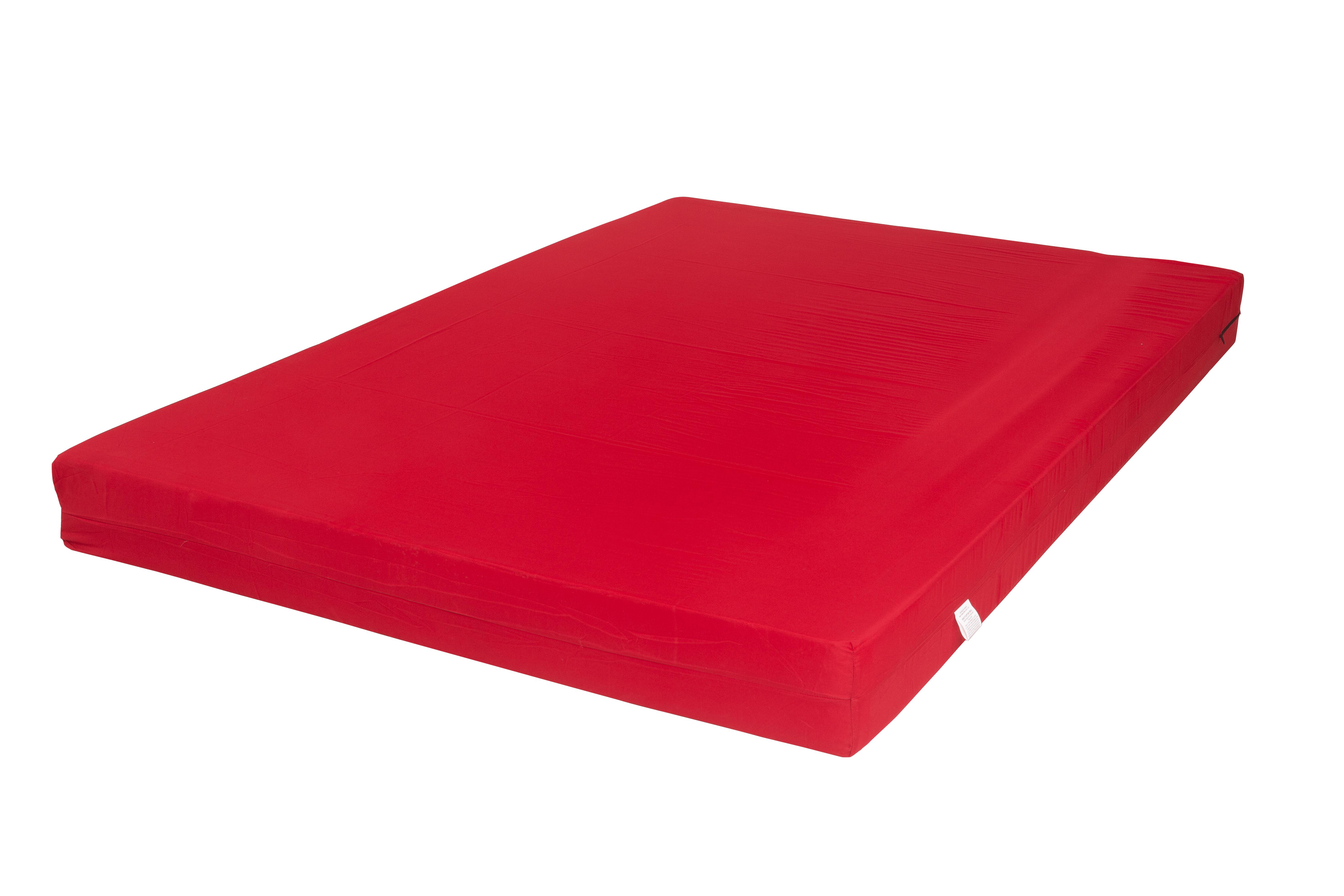
Understanding the Science Behind Foam Mattresses
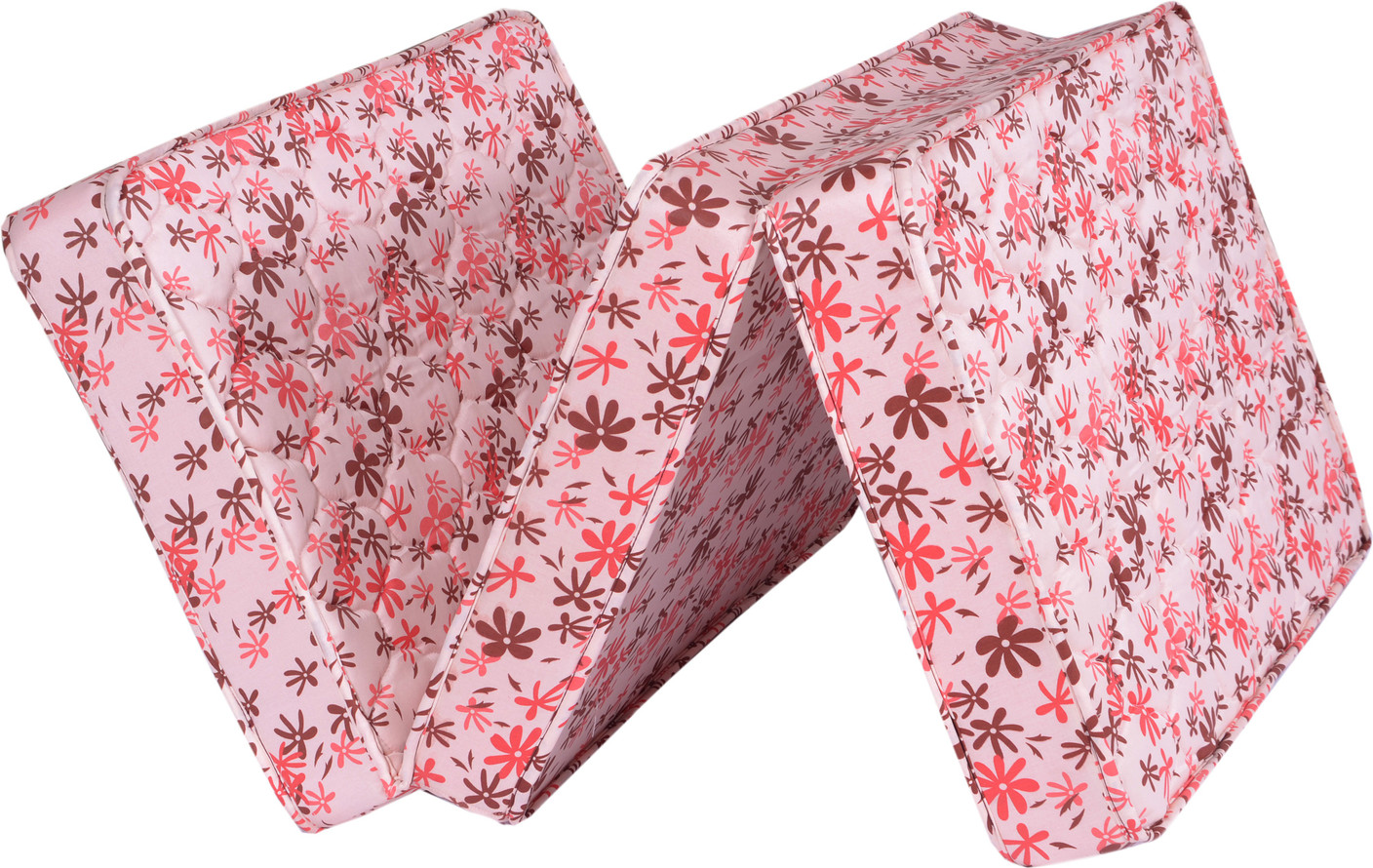 One of the main selling points of foam mattresses is their ability to contour to your body, providing a comfortable and supportive sleep surface. However, this unique feature also plays a significant role in why foam mattresses retain heat.
Foam mattresses
are made of a dense material that responds to pressure and body heat. When you lay on a foam mattress, the material compresses, creating a custom shape that supports your body. This is known as the
memory foam
effect.
One of the main selling points of foam mattresses is their ability to contour to your body, providing a comfortable and supportive sleep surface. However, this unique feature also plays a significant role in why foam mattresses retain heat.
Foam mattresses
are made of a dense material that responds to pressure and body heat. When you lay on a foam mattress, the material compresses, creating a custom shape that supports your body. This is known as the
memory foam
effect.
Heat Retention in Foam Mattresses
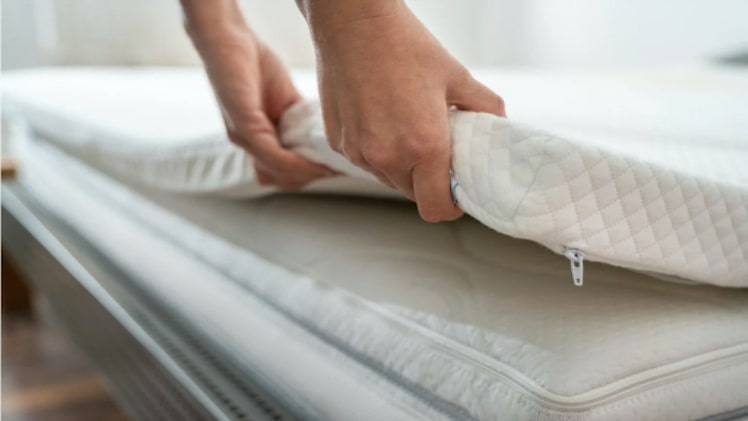 The dense structure of foam mattresses traps heat, creating a warm and cozy sleeping experience. This can be a positive feature for some people, especially those who live in colder climates, as it helps to keep them warm throughout the night. However, for others, this heat retention can be a downside, especially during hot summer months.
Memory foam
mattresses are designed to retain heat to a certain extent, but some
foam mattresses
may retain more heat than others. This can depend on factors such as the density and type of foam used, as well as the overall design of the mattress.
The dense structure of foam mattresses traps heat, creating a warm and cozy sleeping experience. This can be a positive feature for some people, especially those who live in colder climates, as it helps to keep them warm throughout the night. However, for others, this heat retention can be a downside, especially during hot summer months.
Memory foam
mattresses are designed to retain heat to a certain extent, but some
foam mattresses
may retain more heat than others. This can depend on factors such as the density and type of foam used, as well as the overall design of the mattress.
Ways to Combat Heat Retention in Foam Mattresses
 If you find that your foam mattress is retaining too much heat, there are a few things you can do to help combat this issue. One option is to invest in a
gel-infused foam mattress
. This type of foam has tiny gel beads infused into it, which helps to dissipate heat and keep the mattress cool.
Another option is to invest in a
mattress topper
made of a breathable material, such as cotton or bamboo. This can help to regulate your body temperature while you sleep and prevent you from feeling too hot.
If you find that your foam mattress is retaining too much heat, there are a few things you can do to help combat this issue. One option is to invest in a
gel-infused foam mattress
. This type of foam has tiny gel beads infused into it, which helps to dissipate heat and keep the mattress cool.
Another option is to invest in a
mattress topper
made of a breathable material, such as cotton or bamboo. This can help to regulate your body temperature while you sleep and prevent you from feeling too hot.
In Conclusion
 While foam mattresses are known for their ability to retain heat, there are ways to combat this issue and ensure a comfortable sleeping experience. Whether you prefer a warm and cozy bed or a cooler sleeping surface, there is a foam mattress out there that will meet your needs. Consider factors such as foam density and type, as well as incorporating cooling materials, to find the perfect foam mattress for your bedroom.
While foam mattresses are known for their ability to retain heat, there are ways to combat this issue and ensure a comfortable sleeping experience. Whether you prefer a warm and cozy bed or a cooler sleeping surface, there is a foam mattress out there that will meet your needs. Consider factors such as foam density and type, as well as incorporating cooling materials, to find the perfect foam mattress for your bedroom.






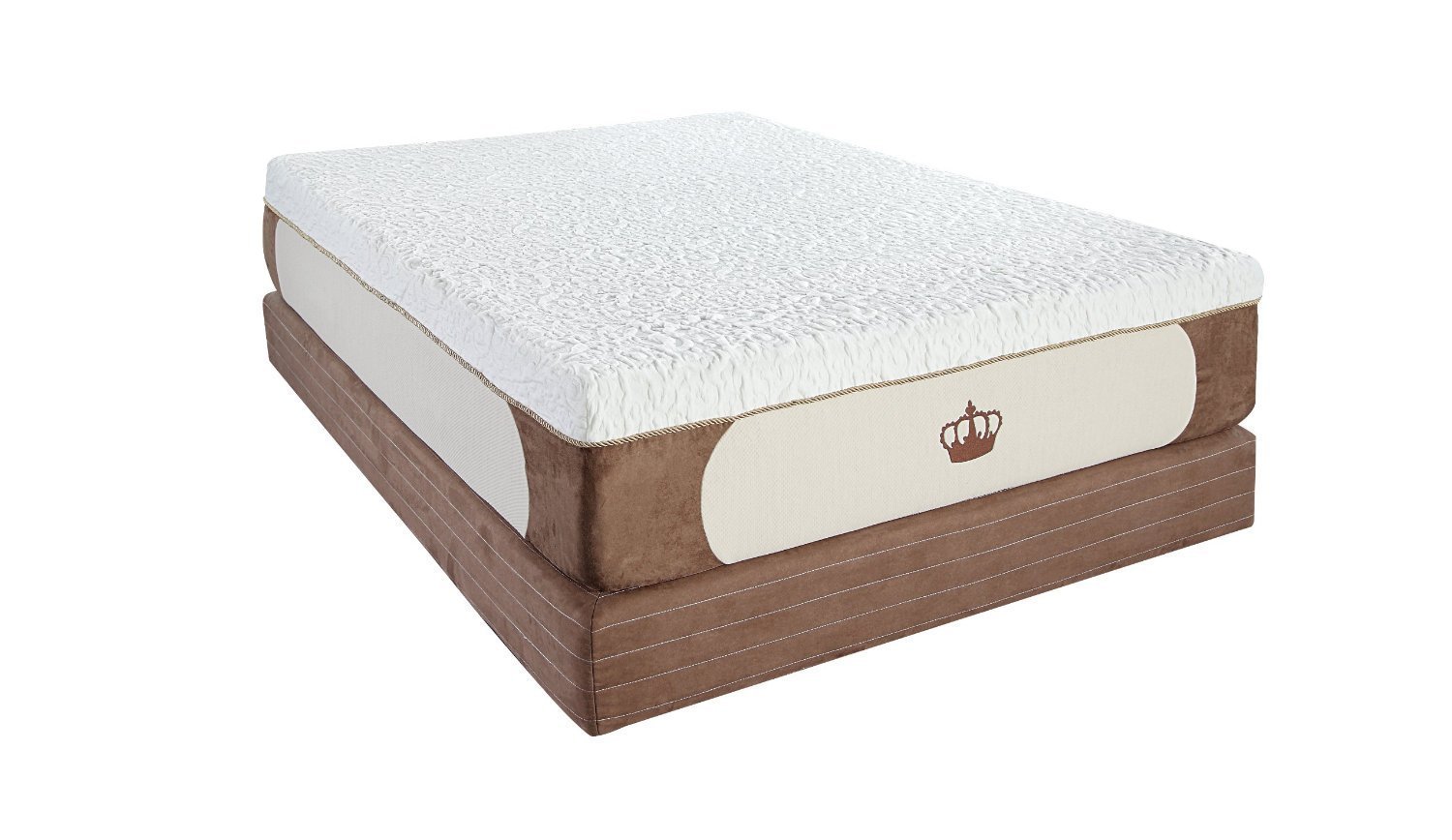

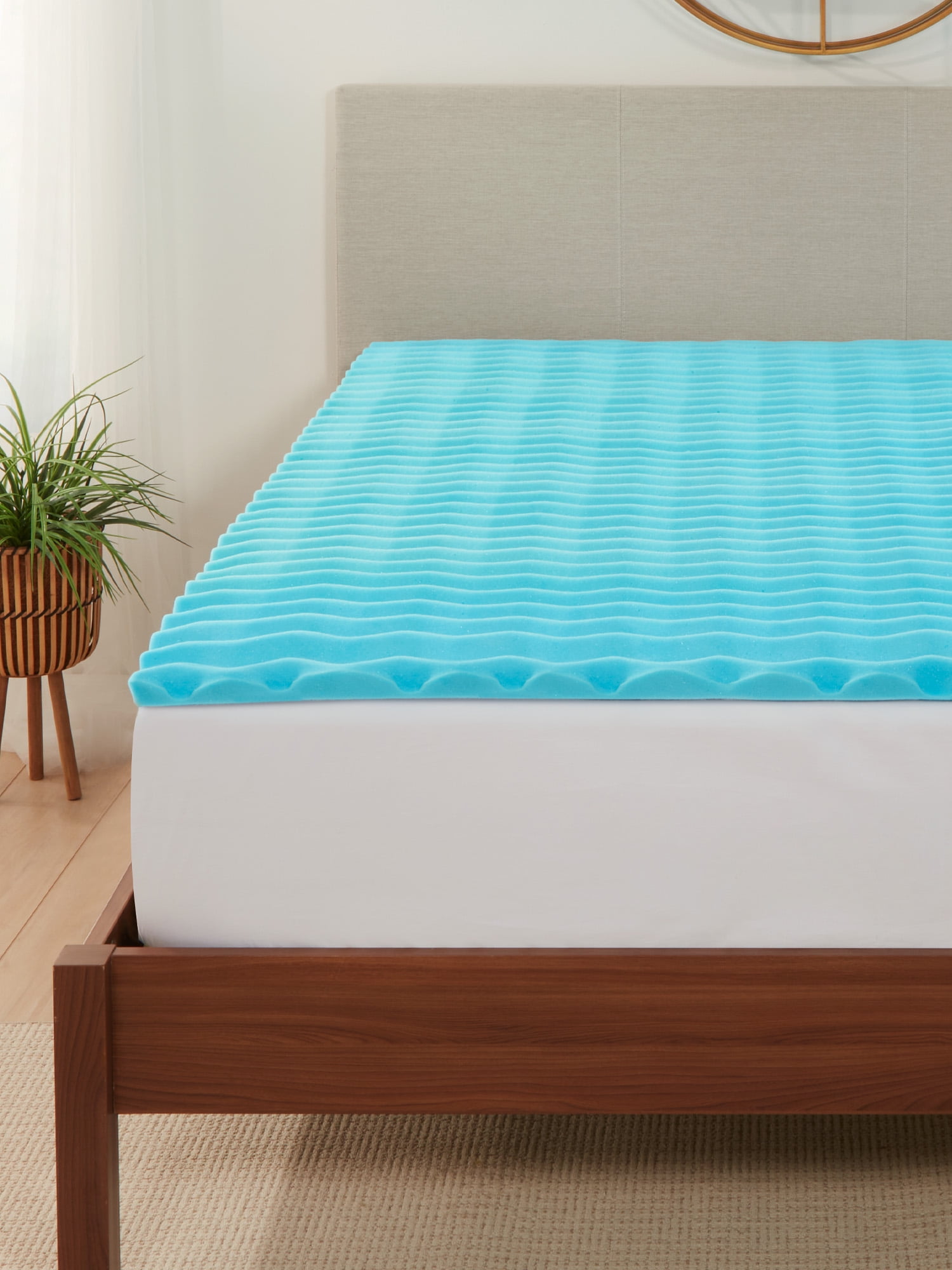






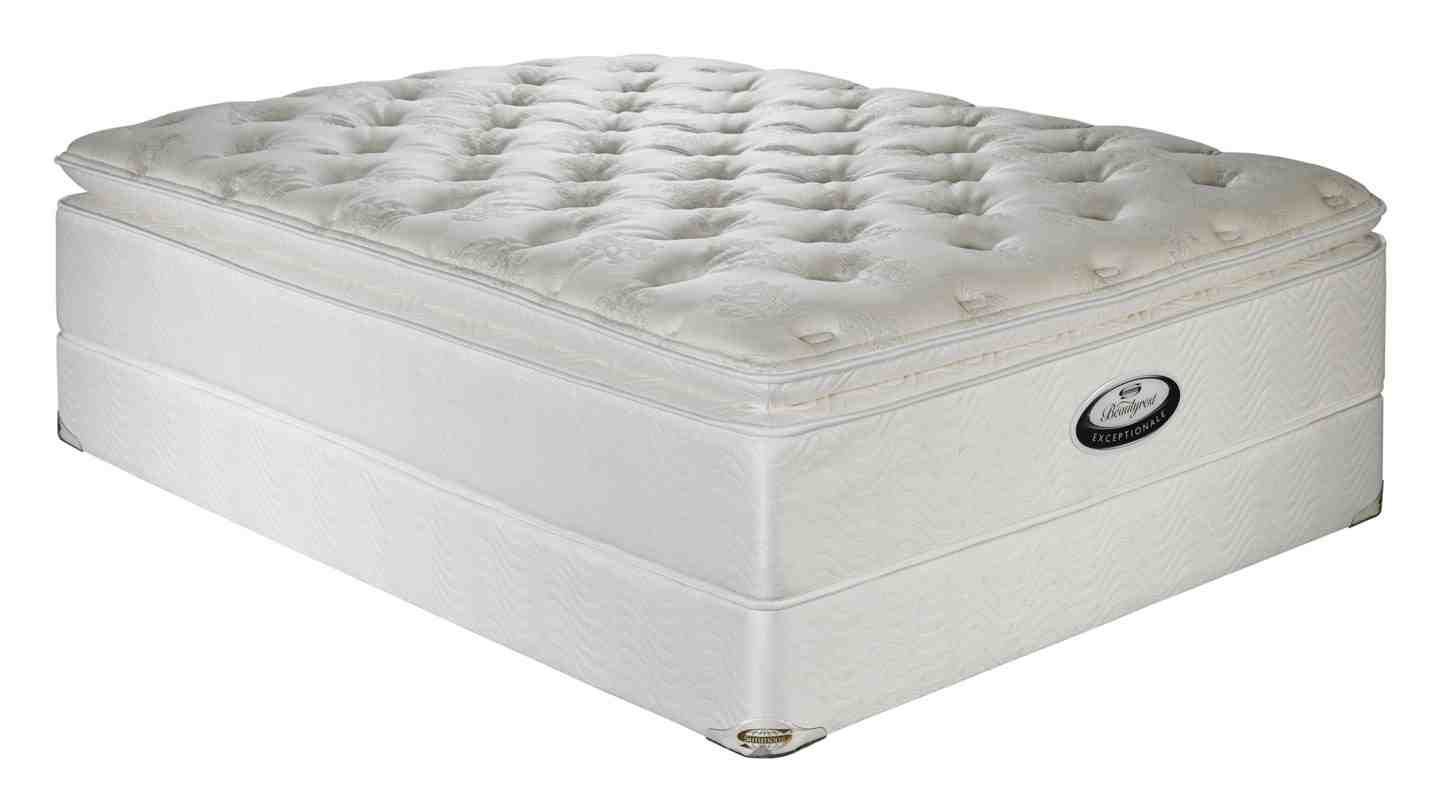


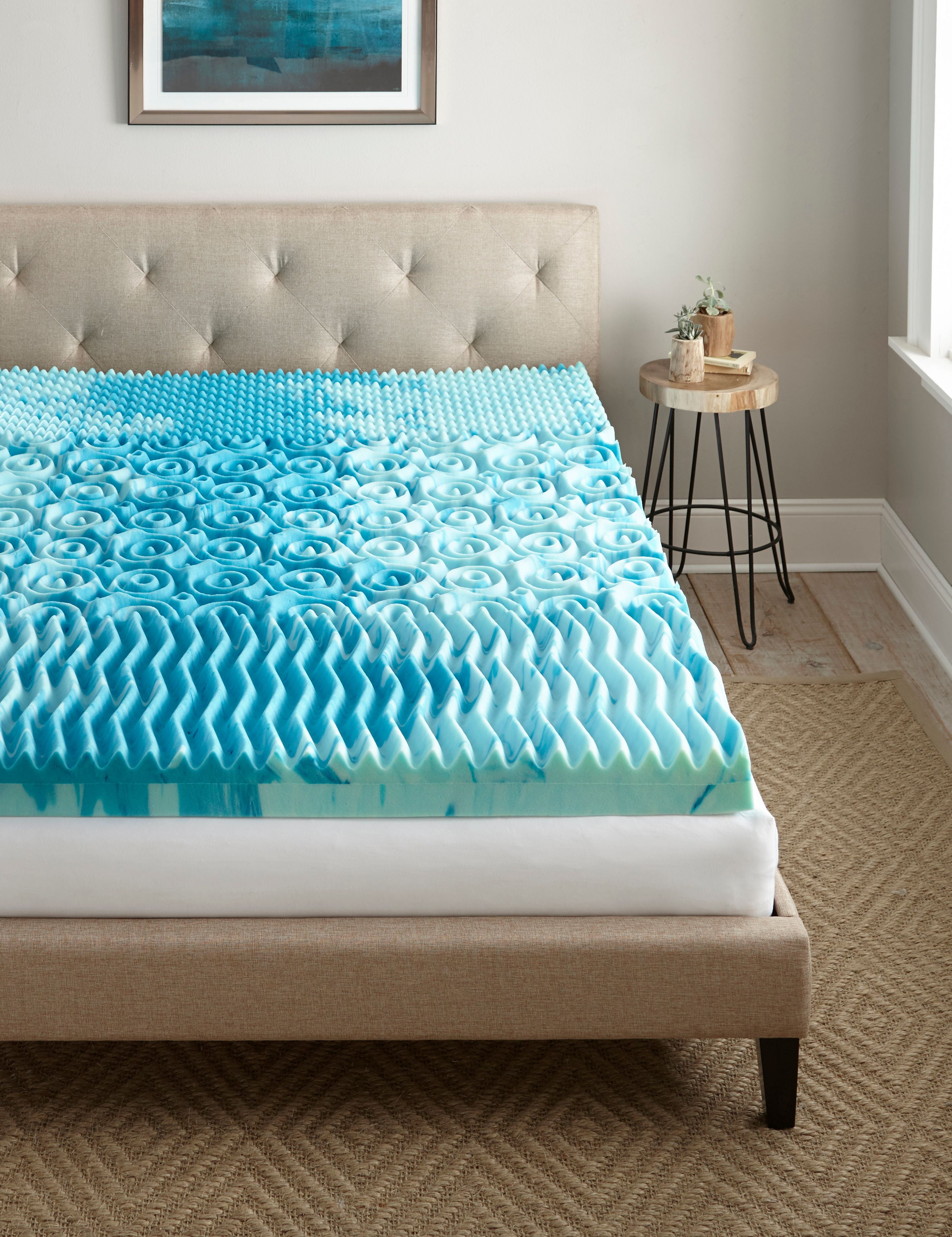


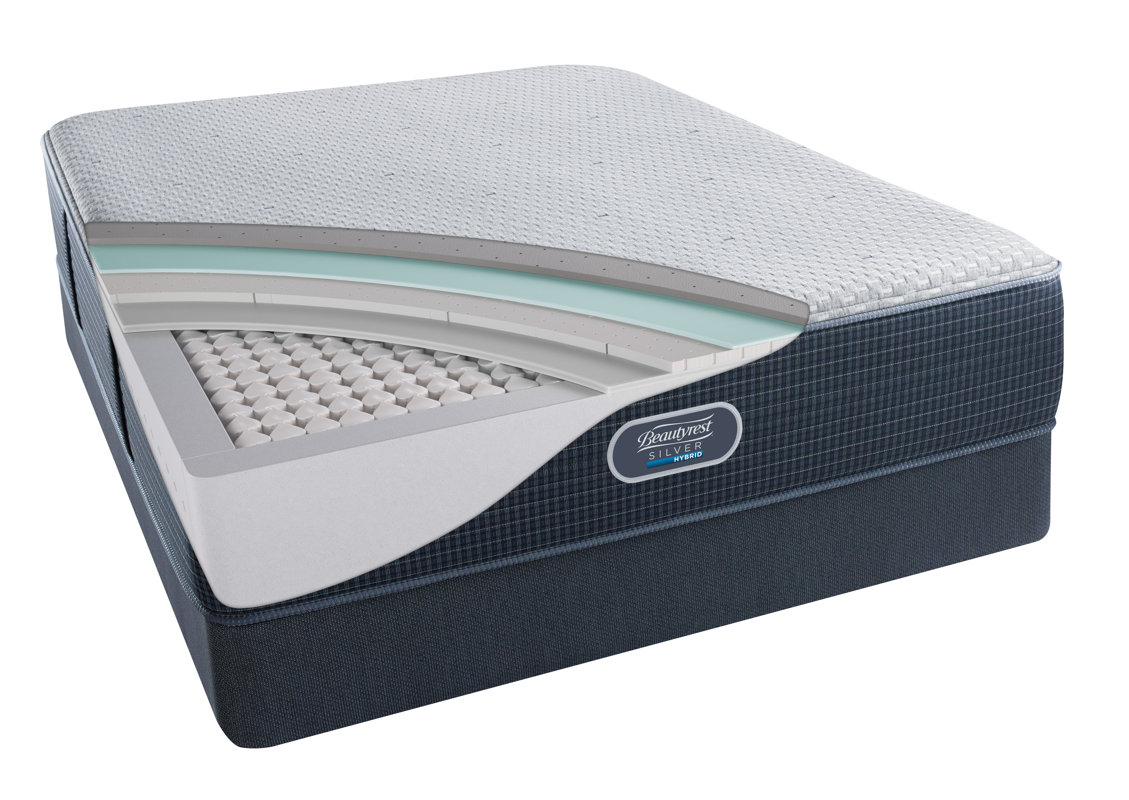



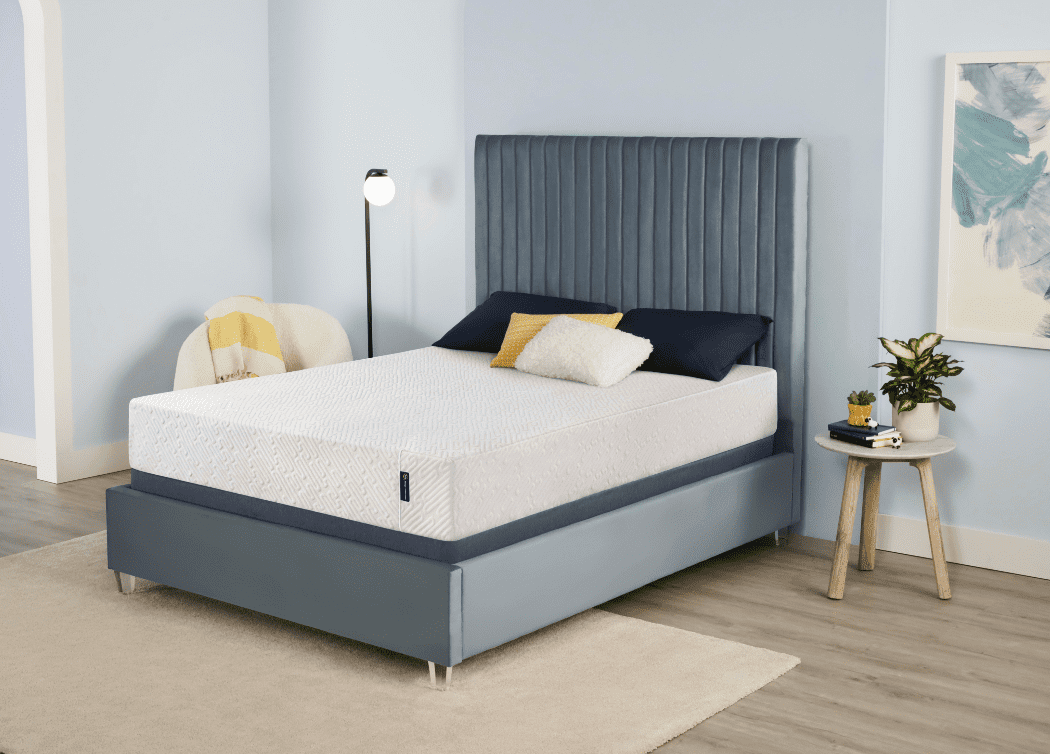







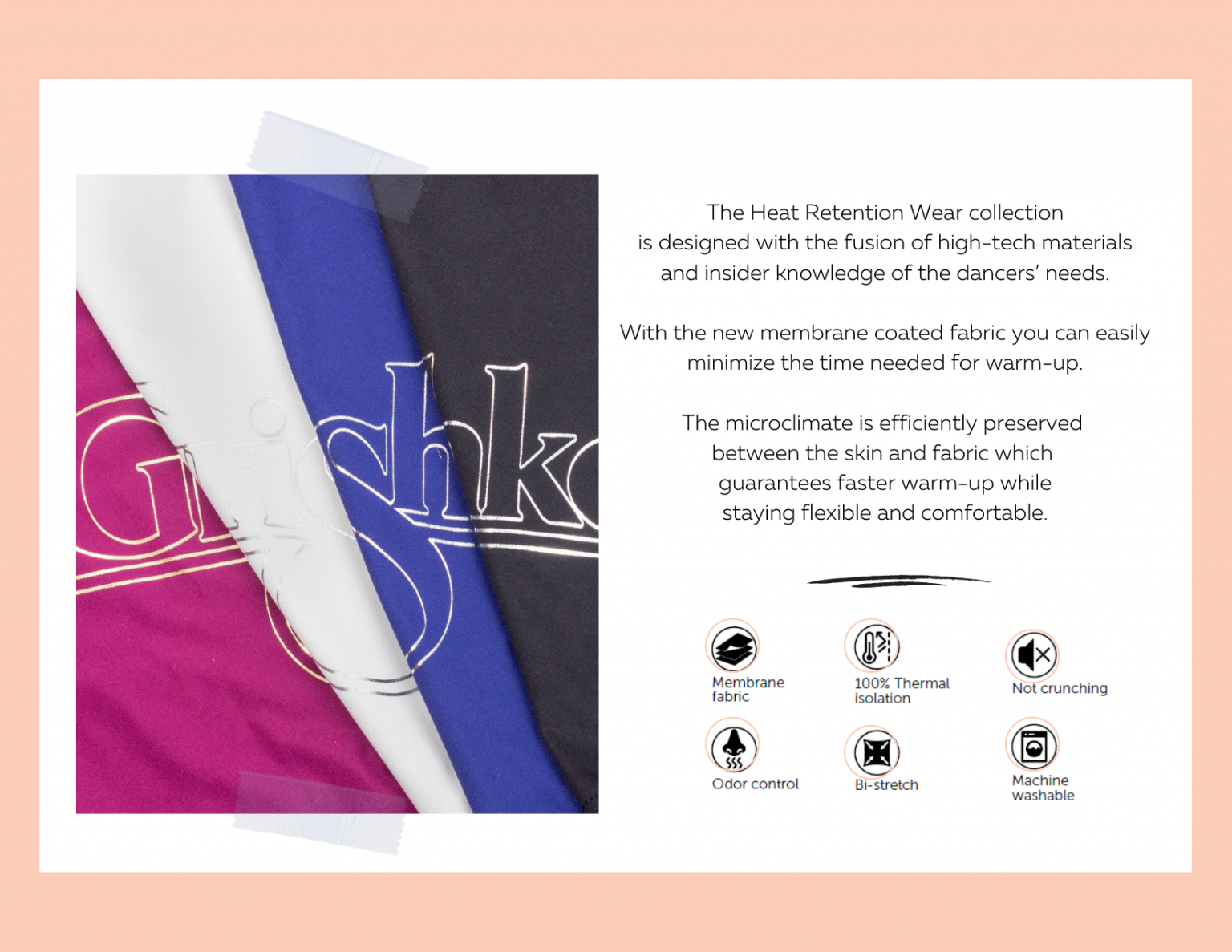

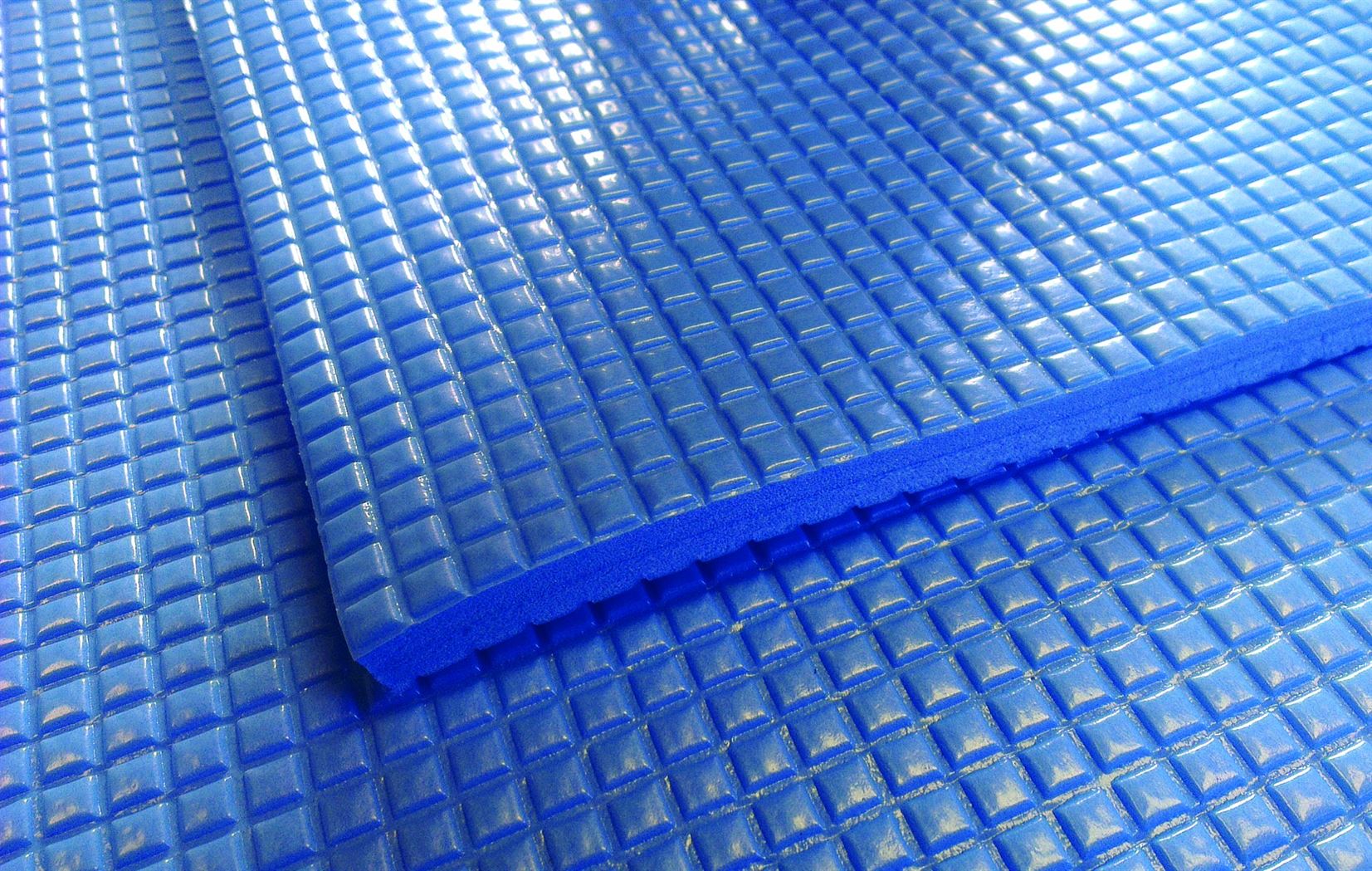







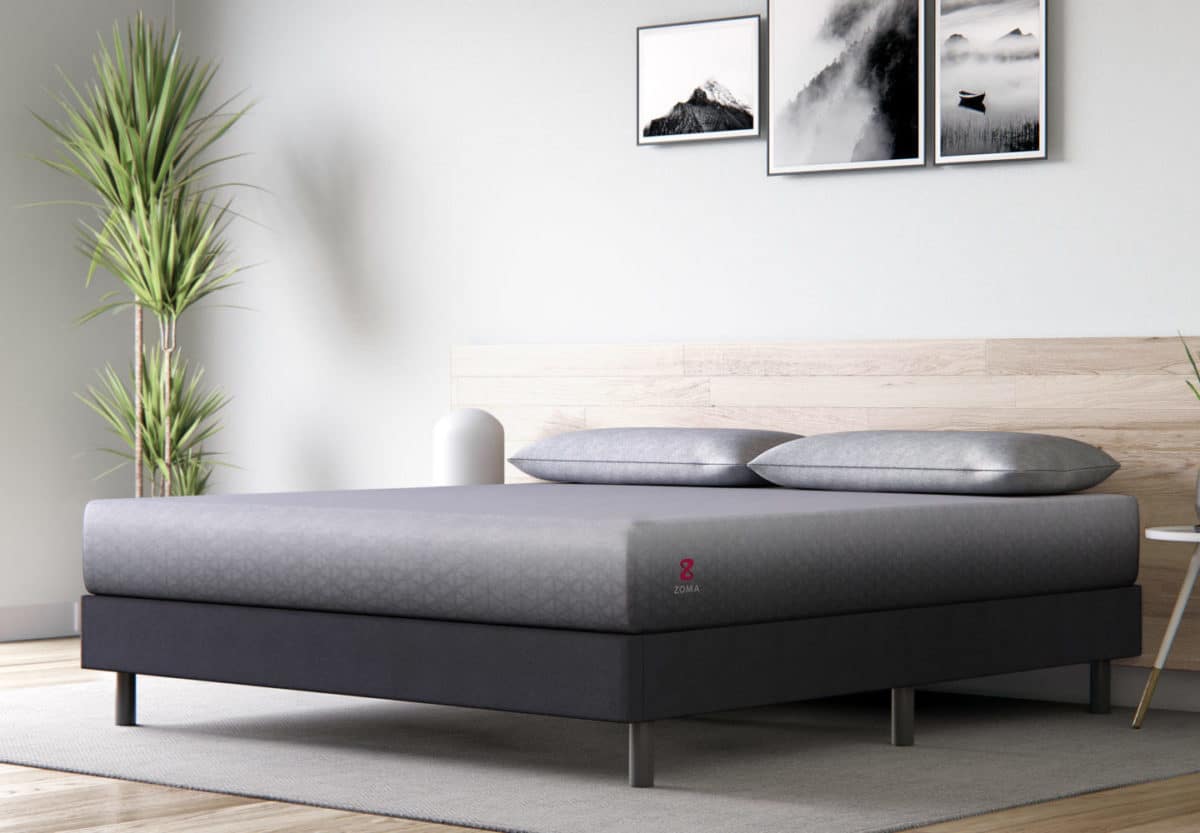

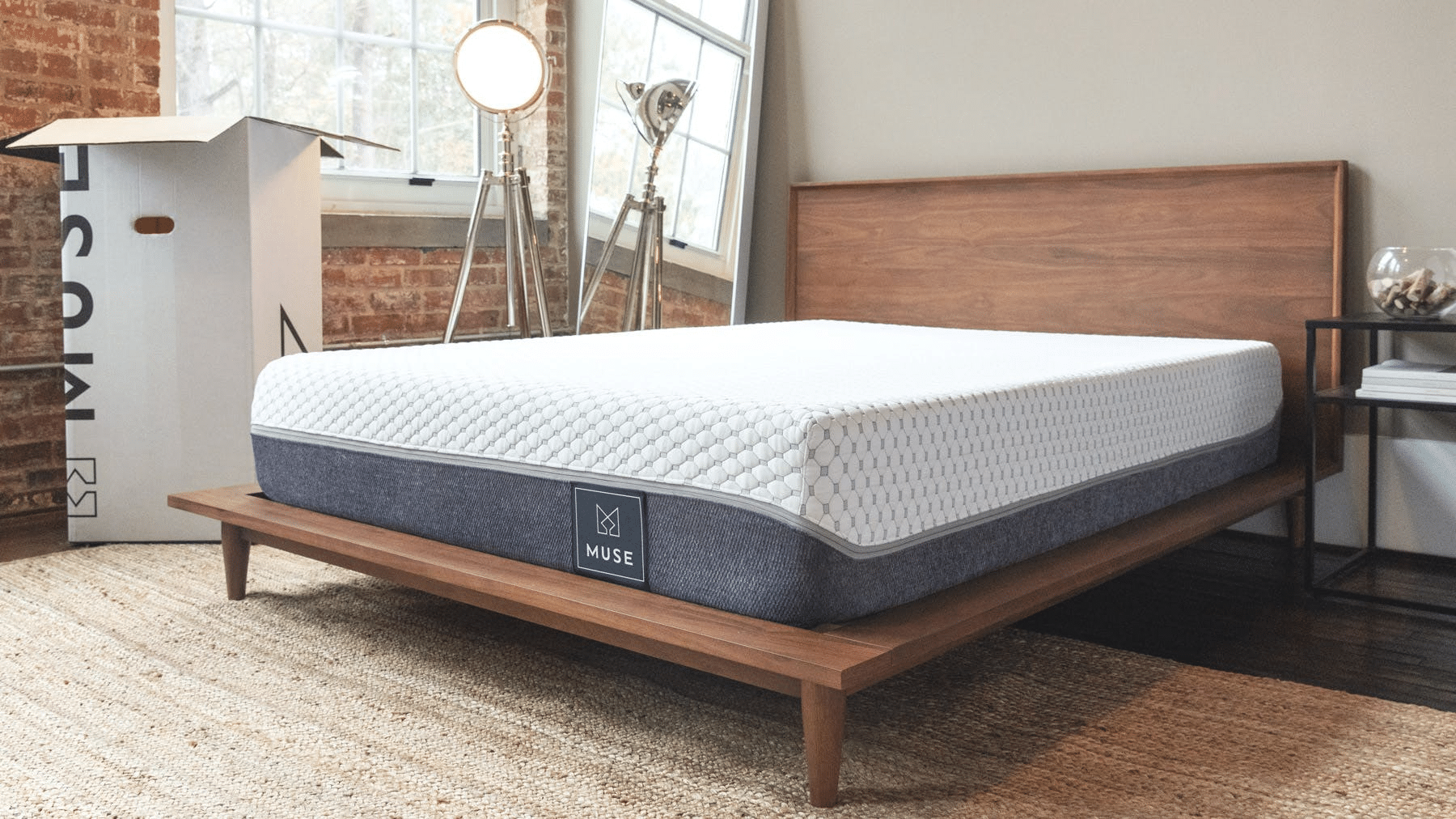


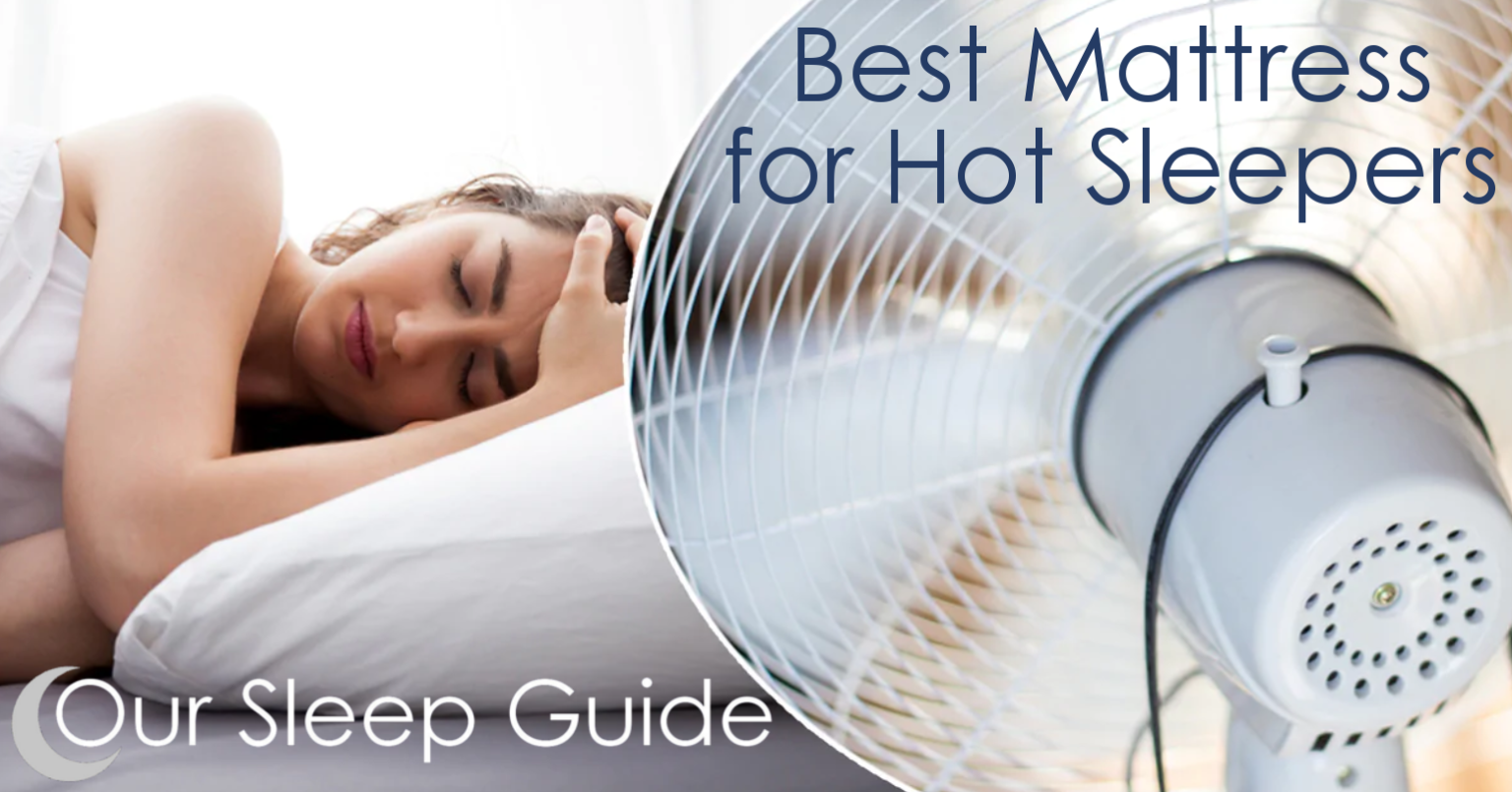

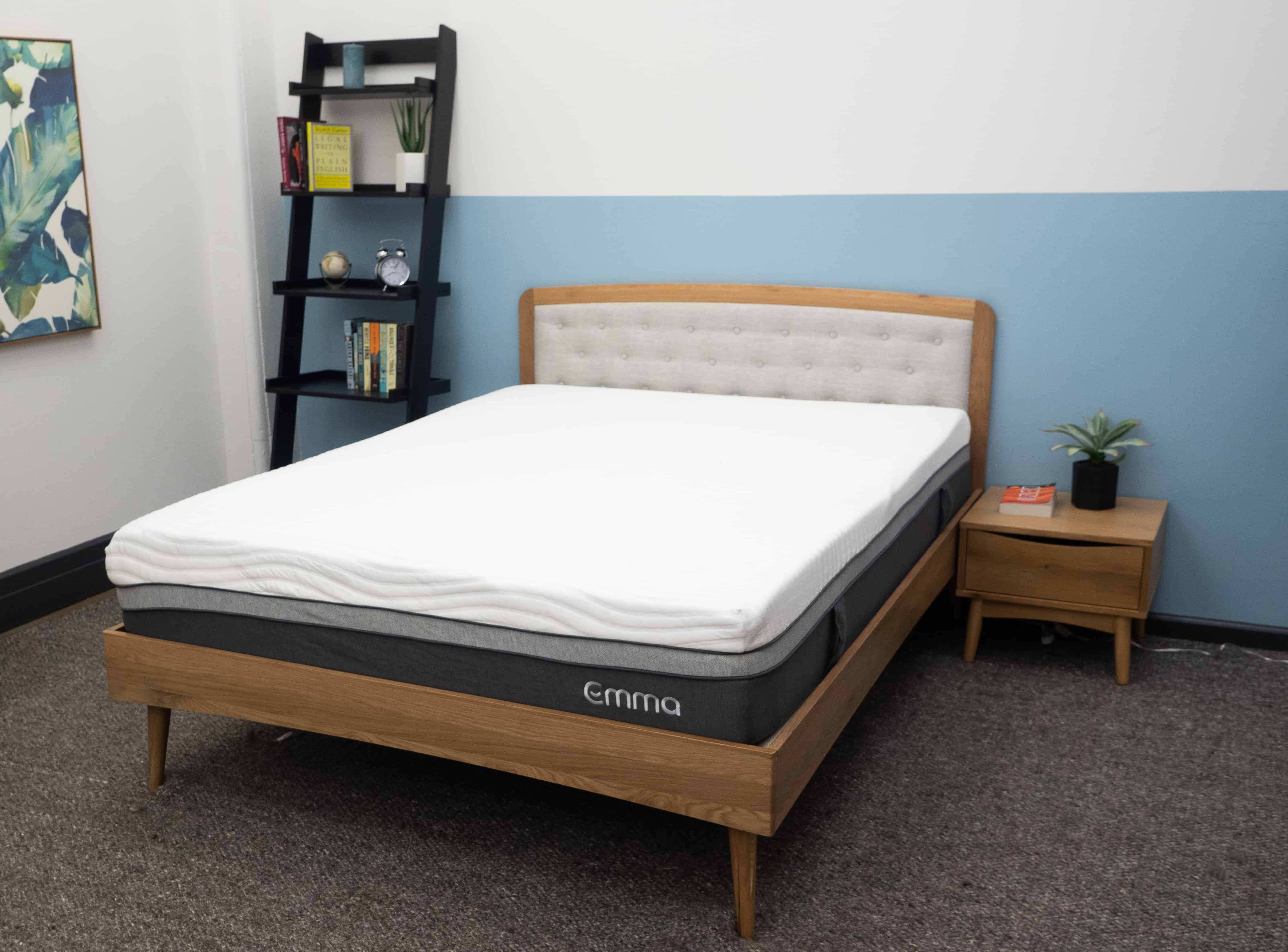


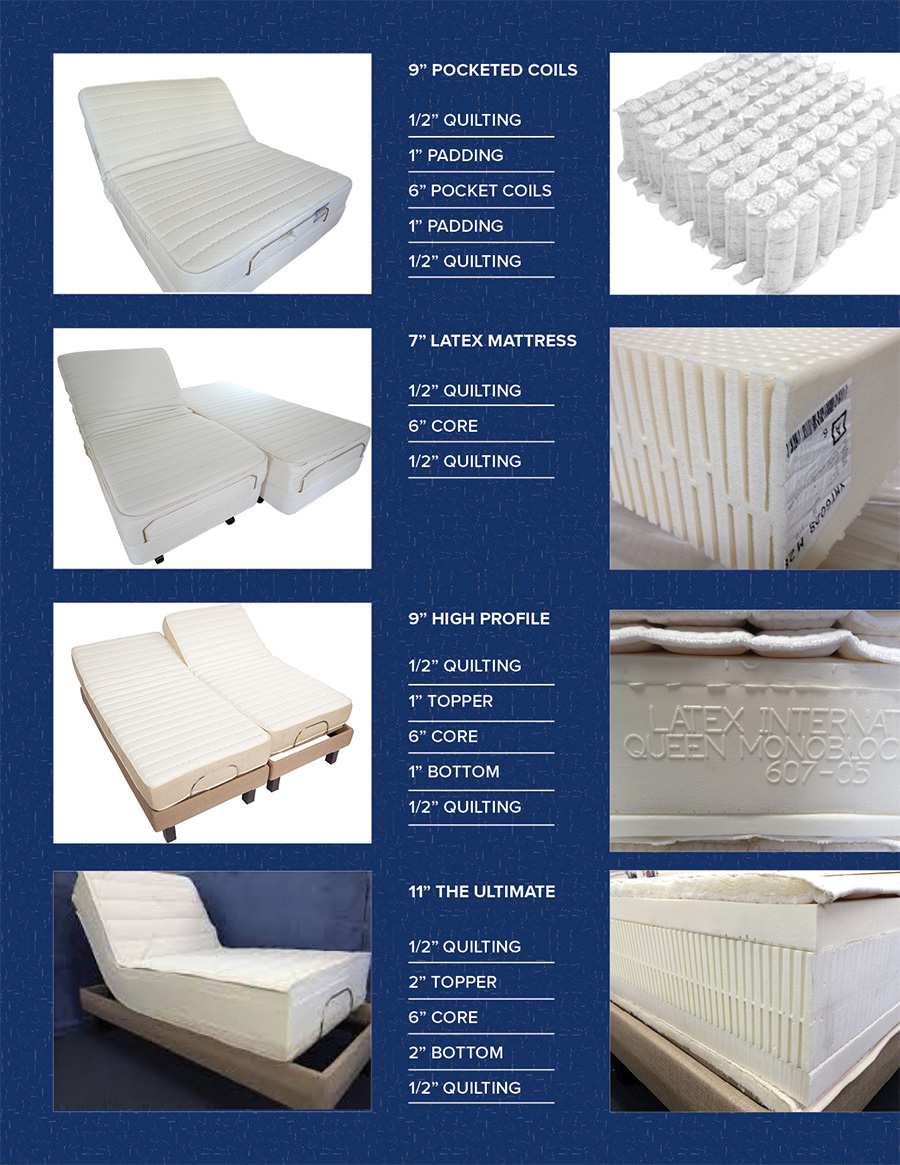

:max_bytes(150000):strip_icc()/SleeponLatex-b287d38f89374e4685ab0522b2fe1929.jpeg)
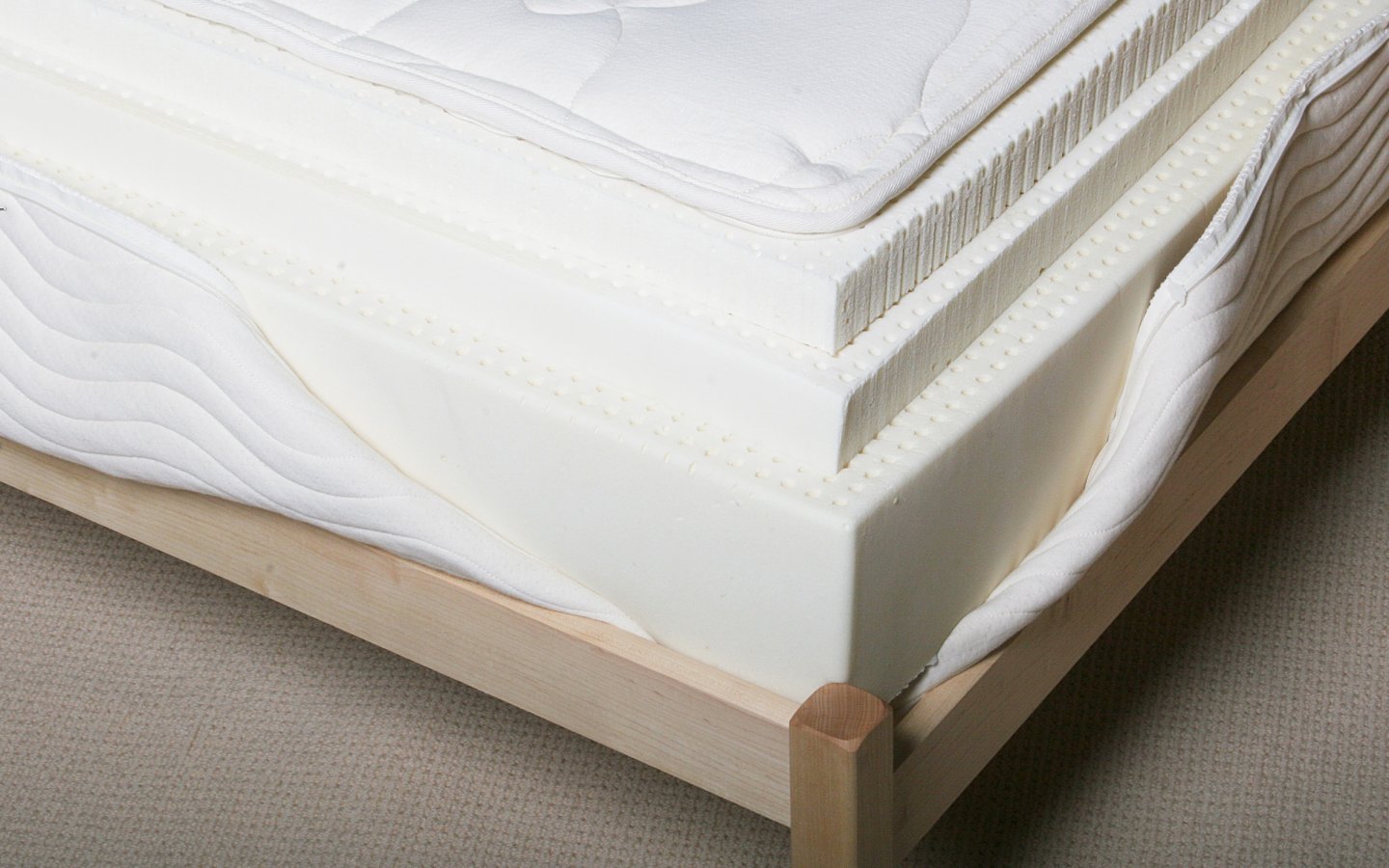
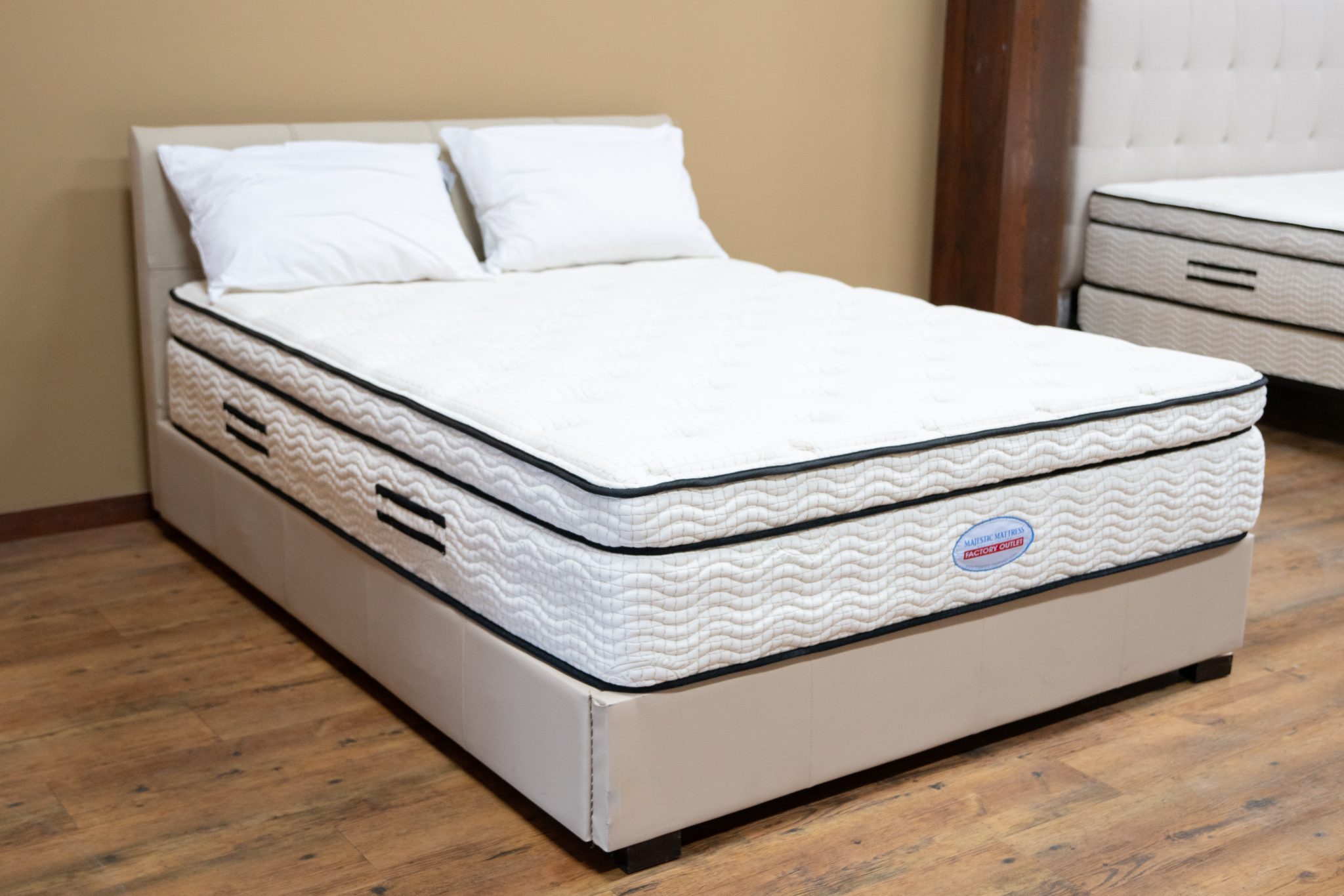
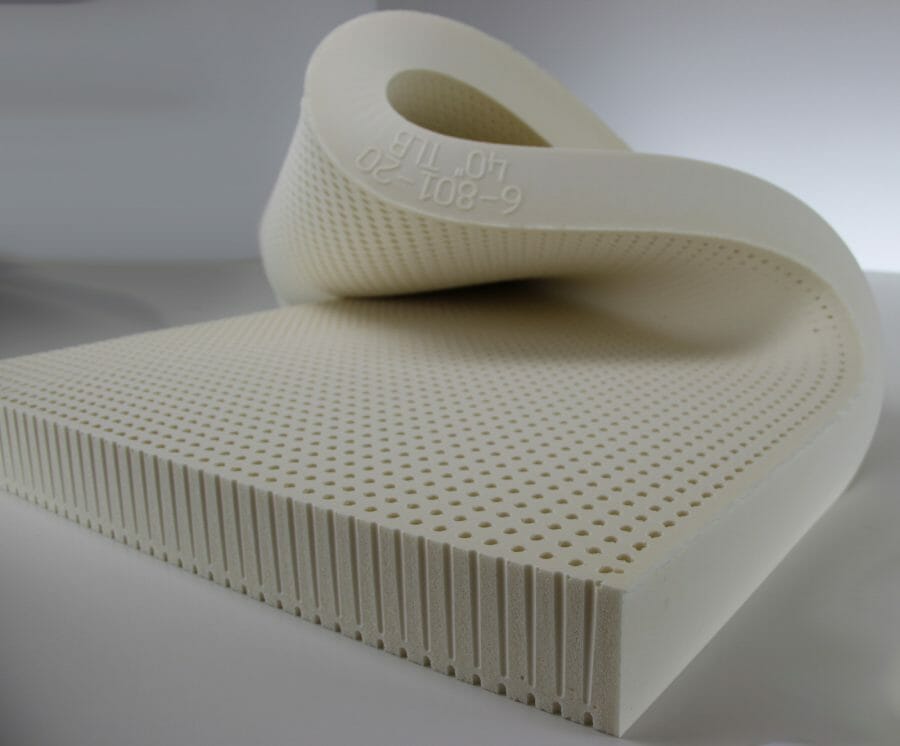








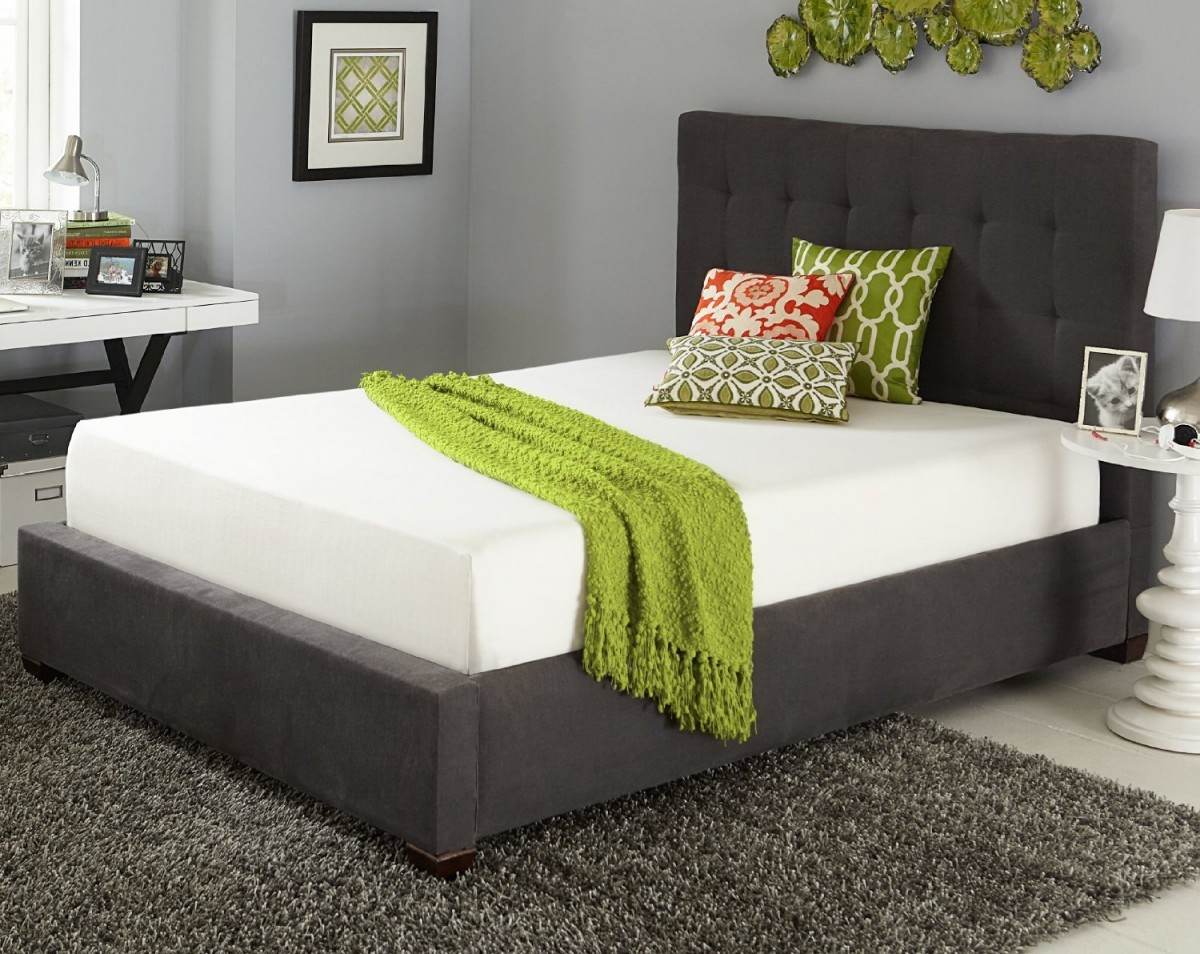
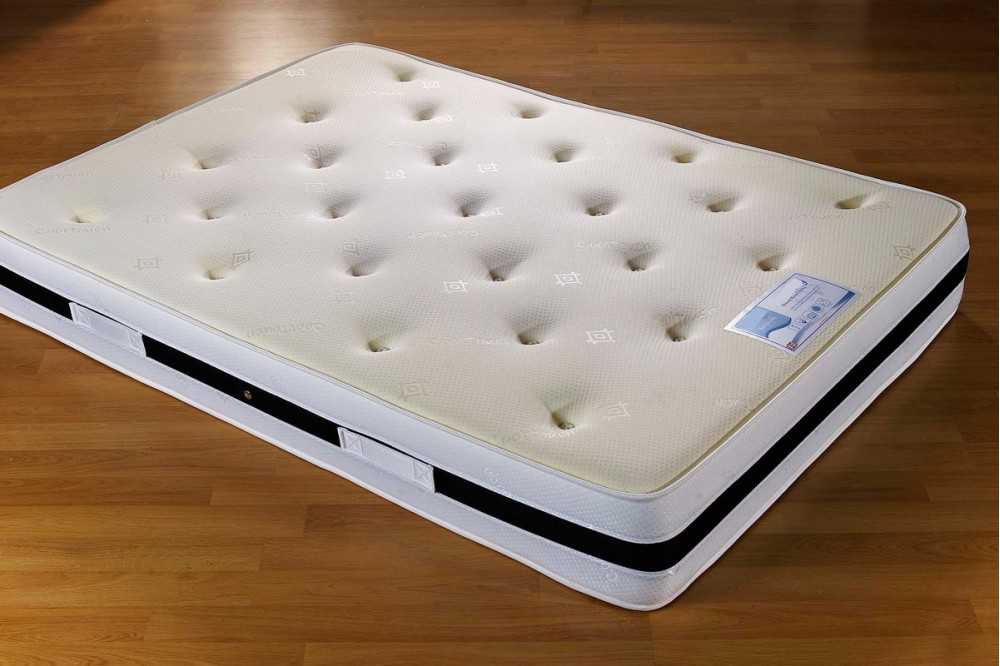

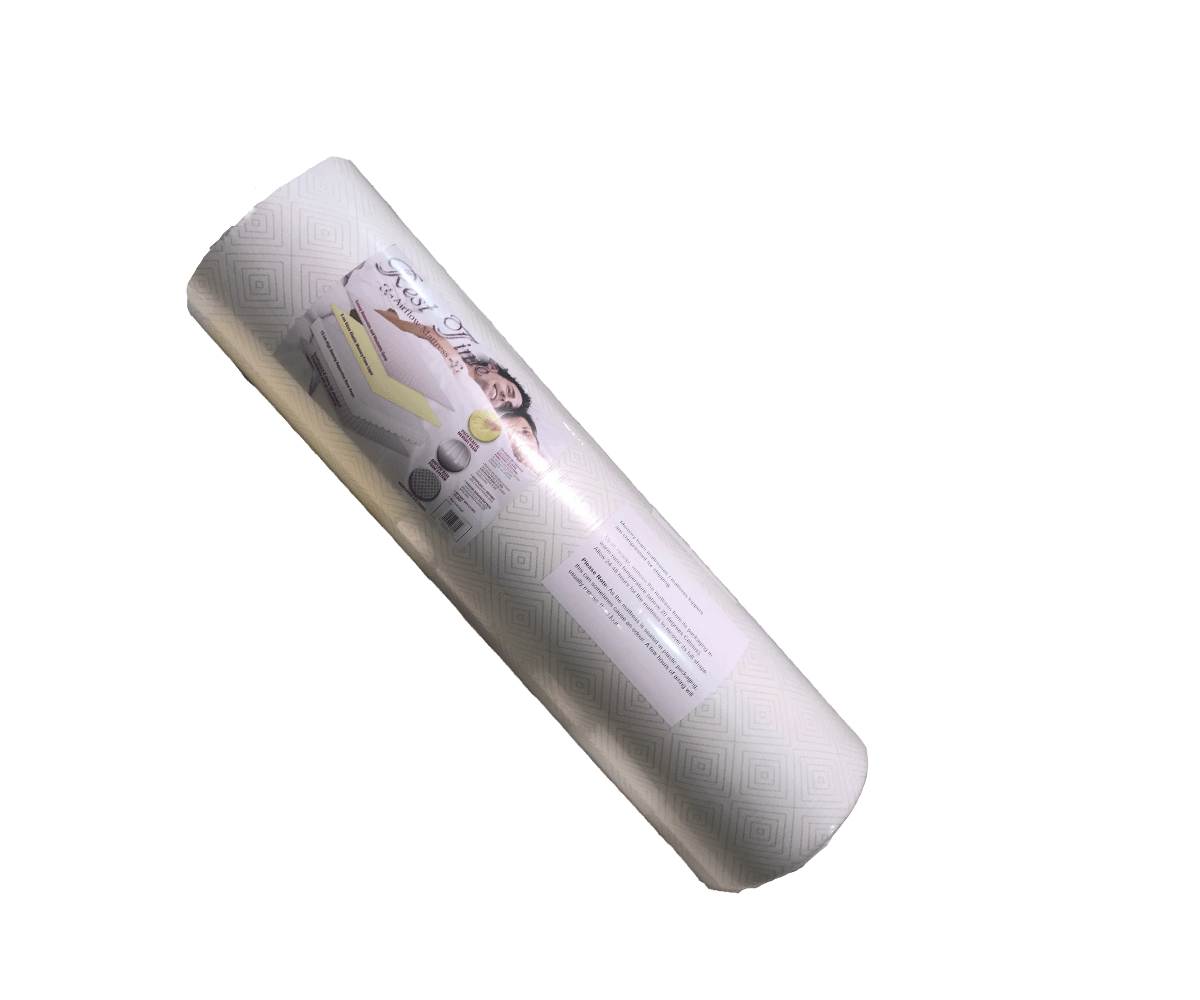


















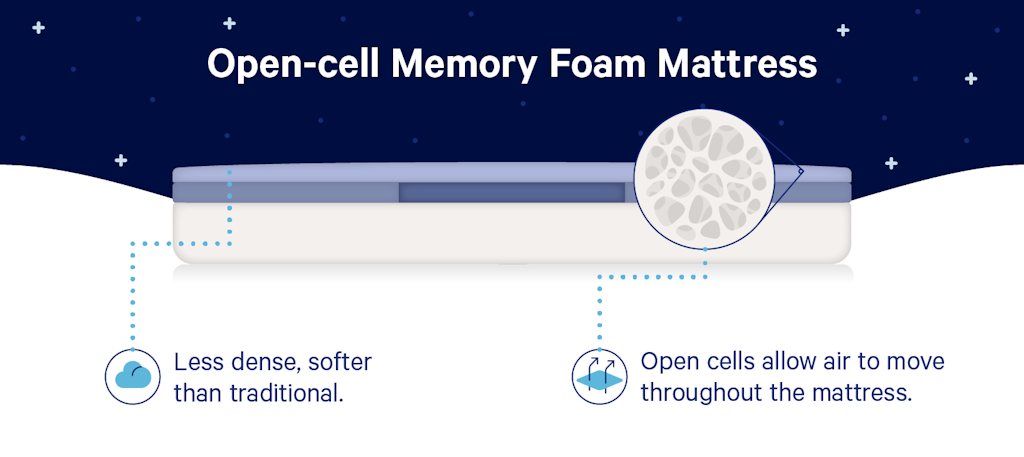

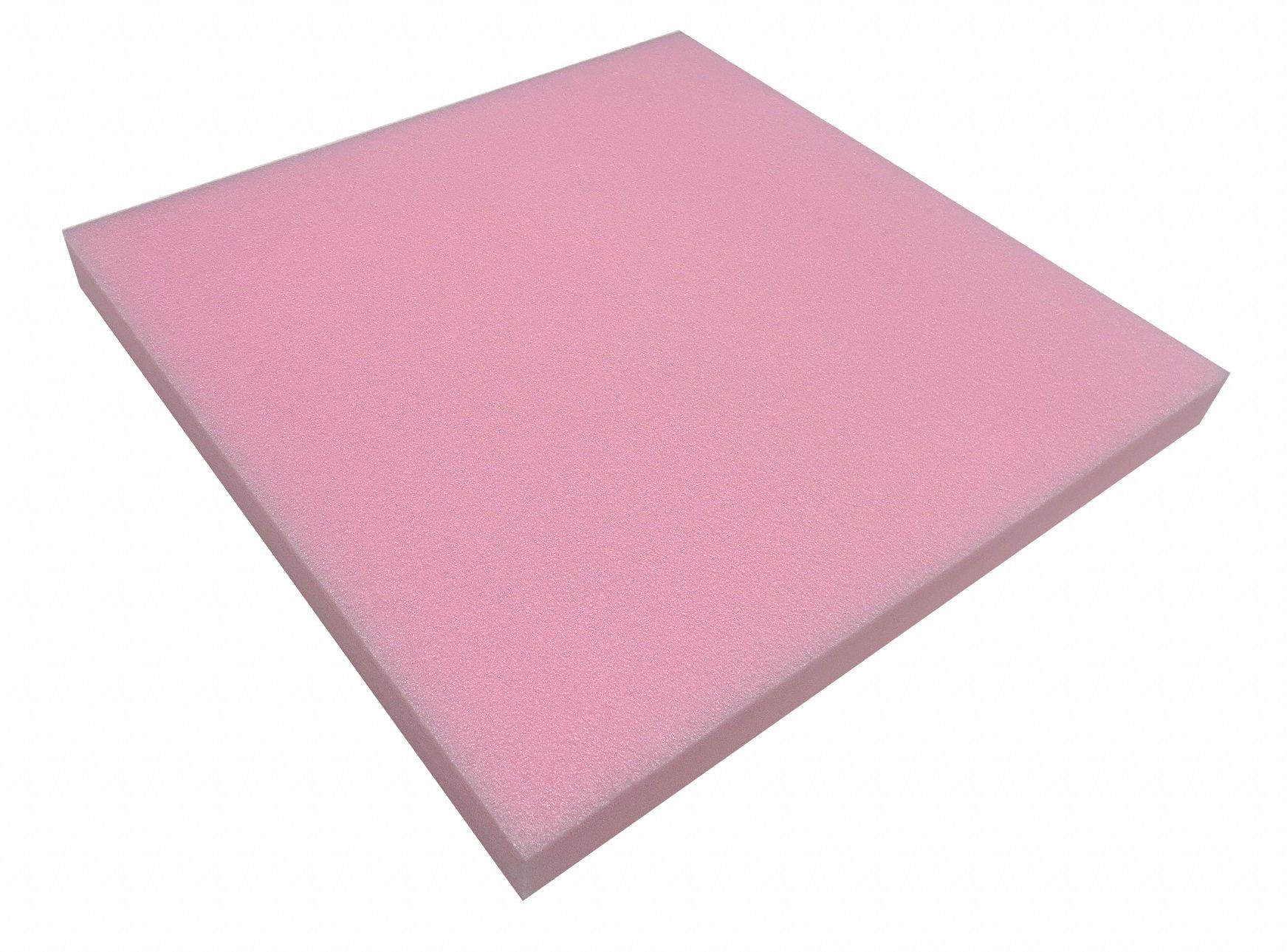
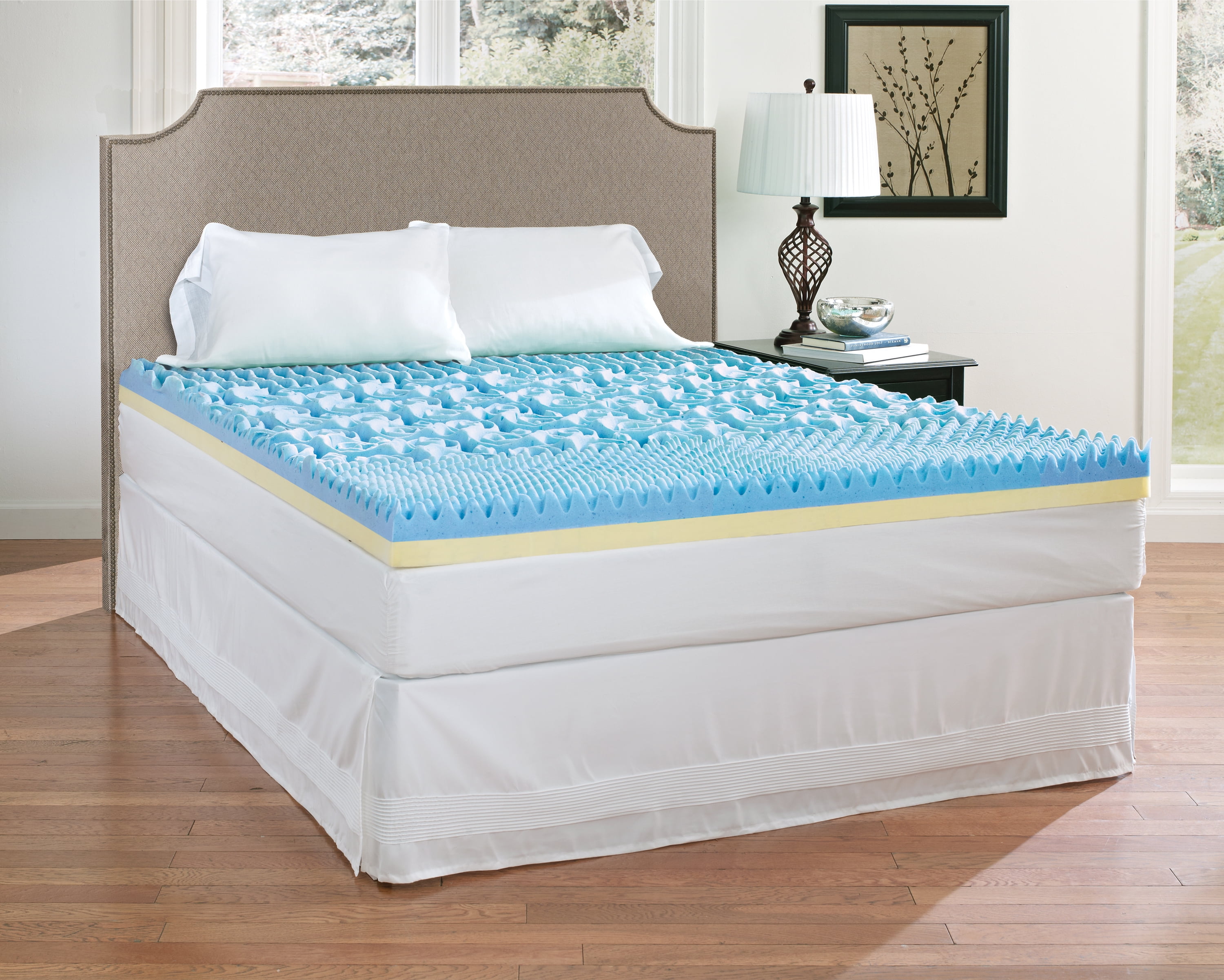


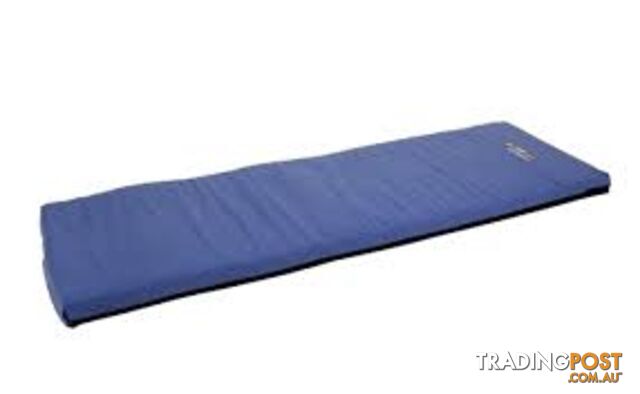
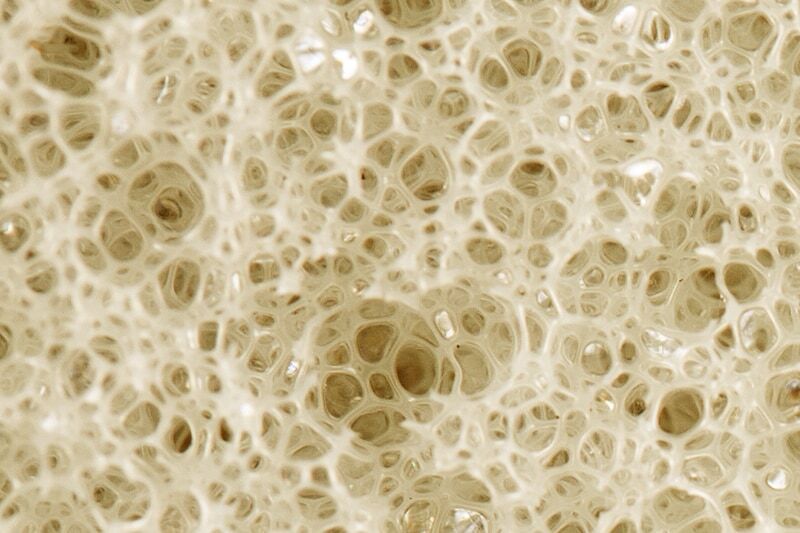






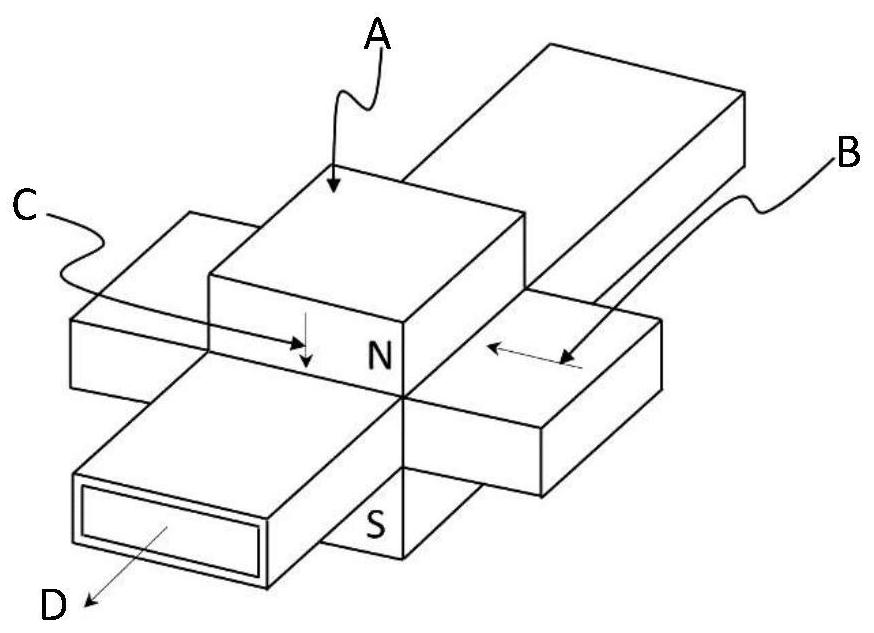







/Chandelier_0635-0b1c24a8045f4a2cbdf083d80ef0f658.jpg)

